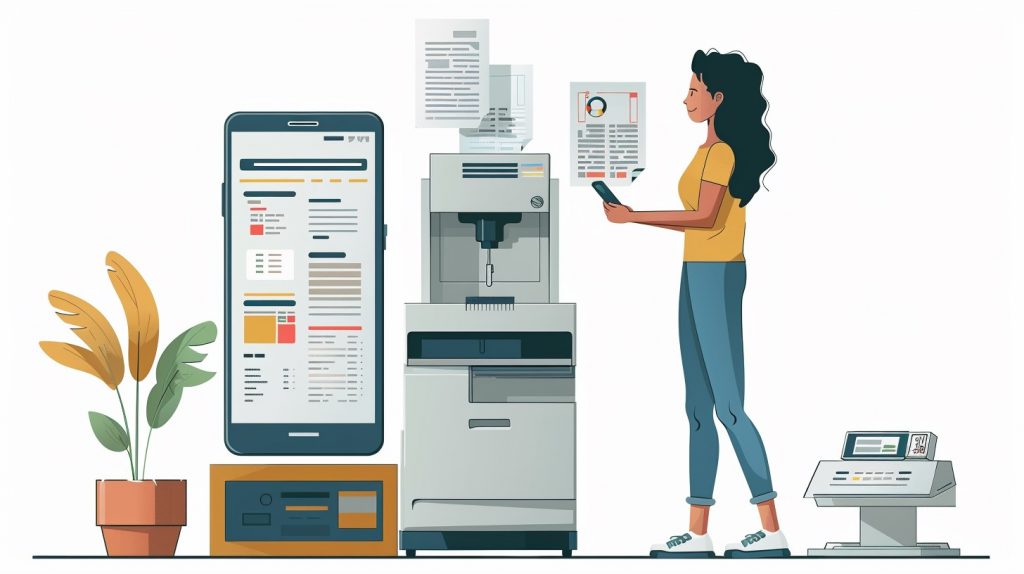Facsimile and fax apps are different methods of sending documents using fax technology. Traditional facsimile uses fax machines to send scanned documents over telephone networks, providing reliability and security for sensitive information. Fax App, on the other hand, use mobile applications for internet-based faxing, offering convenience by eliminating the need for traditional fax hardware and integrating with cloud services for easy storage and access.
Understanding facsimiles: the difference between facsimile and fax
A facsimile is an exact replica of images or text, such as written or printed documents. It’s a broad term often linked to document replication, including faxing. Facsimile can refer to any duplication process, including photocopying or digital scanning, but in business contexts, it is frequently associated with fax transmissions.
Is facsimile the same as fax?
A fax is a type of facsimile, but not all facsimiles are faxes. Faxing traditionally involves sending scanned documents between fax machines using an analog telephone network. This process has evolved into modern digital technology, allowing faxes to be sent electronically over the Internet. Today, faxes can be sent not only from machine to machine but also from digital platforms using email-to-fax or app-based services.
What is a facsimile application?
Today, facsimile applications often refer to fax software or Fax App. These digital tools function like traditional fax machines but send faxes over the Internet, eliminating the need for wired phone lines.
Facsimile applications allow you to send and receive faxes using a computer, phone, or any internet-connected device, offering greater convenience without the need for physical fax machines. They often come with features such as digital signatures, integration with email platforms, and the ability to convert faxed documents into editable digital formats.

Benefits of fax apps for businesses
Using a fax app can greatly enhance your business’s communication efficiency and document management. Here’s how.
Streamlined faxing
Fax apps simplify the document transmission process, much like sending an email. They eliminate the need for cumbersome steps like scanning multiple pages and organizing extensive paper files. With drag-and-drop interfaces, digital conversion of documents, and batch sending features, fax apps save time and improve workflow efficiency.
Greater accessibility
With fax apps, you can send and receive faxes from anywhere, breaking free from the constraints of a physical office. As long as you have internet access, you can operate remotely using existing devices. This flexibility supports the modern work-from-anywhere model, making it ideal for remote teams and businesses with multiple locations.
Superior document management
By eliminating the need for physical documents, fax apps make managing large volumes of paperwork more straightforward. They also ensure accuracy when sending various business files. Digital storage allows for easy retrieval and organization of documents, and integration with document management systems ensures that all records are kept orderly and up-to-date.
Enhanced security
Fax apps offer heightened security compared to traditional fax machines by using advanced encryption to prevent unauthorized access. They also simplify the implementation of additional security measures such as account logins, two-factor authentication, and user access permissions. This makes them suitable for sensitive industries like healthcare and finance, where data protection is paramount.
Cost-effectiveness
Fax apps are more economical than maintaining physical fax machines. Beyond the savings on hardware, they can integrate with existing document management systems, speeding up document exchange and reducing costs. Subscription models for fax apps often include various plans to suit different business sizes, offering scalability and cost control as needs change.

